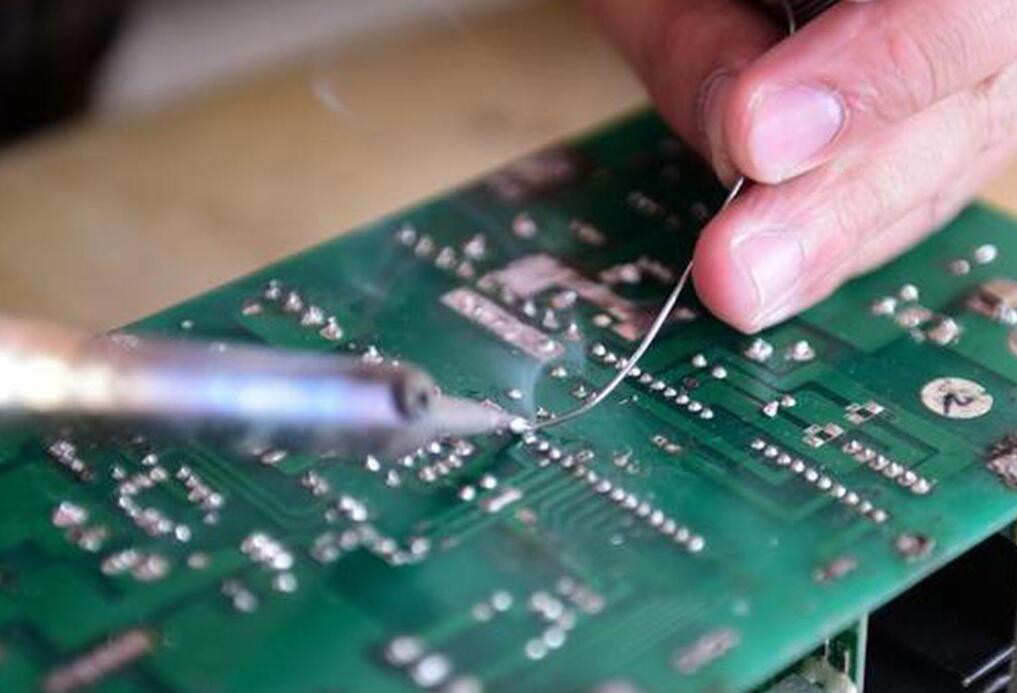What tools are needed for PCBA manufacturing?
The basic tools needed for the welding of PCBA manufacturing components are small tweezers, irons, tin straps, in addition to these hot air guns, antistatic hand rings, rosin, alcohol solutions, magnifiers with desk lamps.
Small tweezers: Use small non-embroidered steel and pointed tweezers instead of other small tweezers that may be magnetic because magnetic tweezers during patch bonding can make components stick to the tweezers.
Soldering iron: The SMT process operator will choose a conical long life soldering iron head with a radius of less than 1mm. Two sets of soldering iron are prepared for easy use when disassembling components.
Hot air gun: The operator of a PCBA manufacturer can use a soldering iron to solve the problem when disassembling two or three-terminal components, but hot air gun must be used when disassembling multi-lead components. Hot air gun can improve the reusability of disassembled components and avoid the damage of bonding pad. It is necessary to select a hot air gun with good performance for the frequent work of disassembling components.
Tin strap: When short circuit occurs in IC lead welding, using tin strap is a very good choice. Tin strap cannot be used at this time.
Magnifier: Smt technicians should choose a magnifying glass with lamp with base instead of a hand-held magnifying glass, because they need to be operated with one hand under the magnifying glass when welding. Light up the lamp can make the vision clear and increase the visibility of welding.

PCBA manufacturer to analyze the causes and steps of poor welding in PCBA manufacturing
1. The PCBA process operator first checks the weld joint for rust, oil stains, and other impurities, or bumps and poor contact, which will increase the contact resistance, decrease the current and insufficient temperature of the weld joint.
2. The staff of the PCBA sheet and patch processing plant will check if the current setting meets the process requirements. If the current setting does not increase when the thickness of the product changes, the current shortage in the welding will result in poor welding.
3. The SMT welder of PCBA board manufacturer will check whether the overlap amount of the seam is normal, whether the overlap amount of driving side is reduced or cracking. The reduction of overlap amount will make the combined area of front and rear steel strips too small so that the total force surface will be reduced and unable to withstand greater tension, especially the cracking phenomenon of driving side will cause stress concentration and cracking will become bigger and bigger, and then pull out.
4. Operators of PCBA processing plant will check whether the pressure of the welding wheel is reasonable or not. If the pressure is insufficient, the actual current will be reduced due to too large contact resistance, although the welding controller has a constant current control mode. However, if the resistance increases beyond a certain range (generally 15%), it will exceed the limit of current compensation, and the current cannot increase with the increase of the resistance, reaching the set value. In this case, the system will give an alarm when working normally.